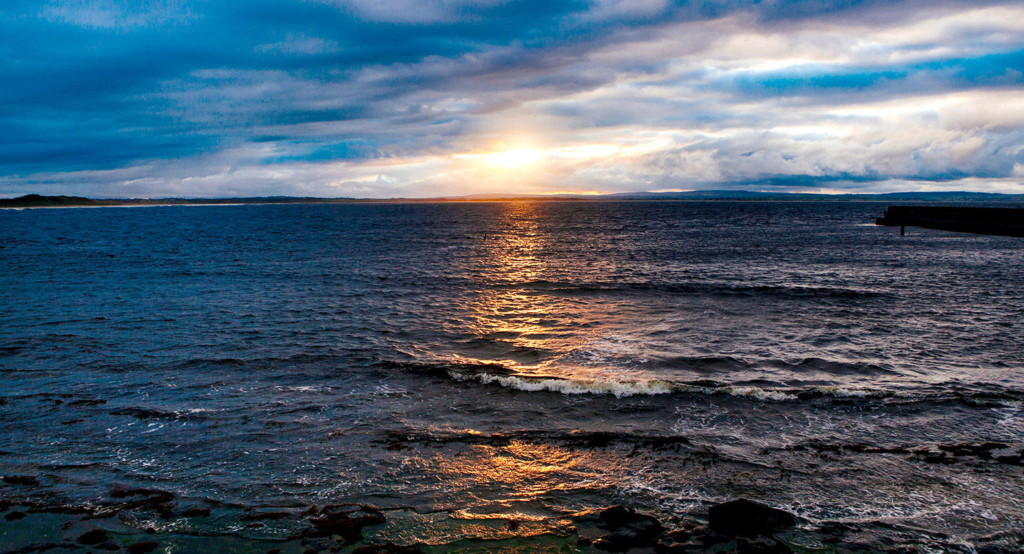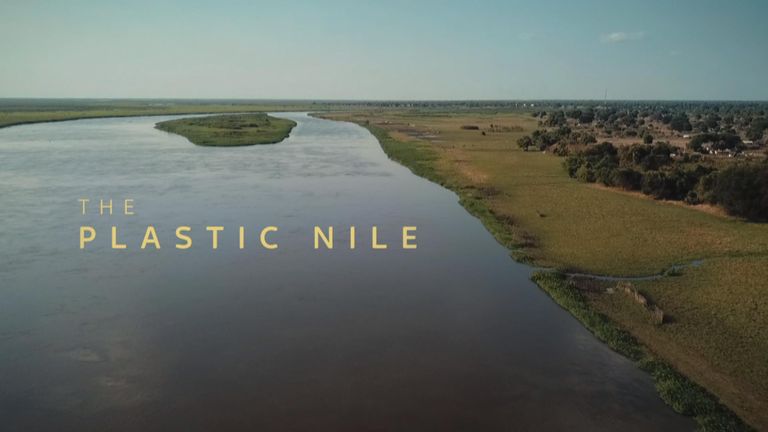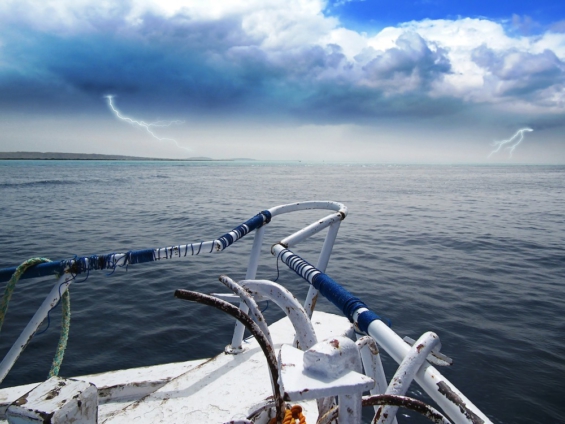A study suggests scientists have had a "totally inadequate understanding" of how much plastic is in the water.
Estimates for the amount of plastic dumped in the Atlantic Ocean have been "massively underestimated", experts have said.

The mass of so-called invisible microplastics found in the upper waters of the Atlantic has a weight of around 12 to 21 million tonnes, according to new research.
However, the estimate only takes into account three of the most common types of plastic litter in a limited size range.
The figure is comparable in magnitude to estimates of all plastic waste that has entered the Atlantic over the past 65 years - 17 million tonnes, according to a study published in Nature Communications.

This suggests the supply of plastic to the ocean has been substantially underestimated, researchers say.
The study focused on polyethylene, polypropylene and polystyrene, which are the most prominent plastics commercially and also the most littered types, according to the experts.
Professor Richard Lampitt, from the National Oceanography Centre (NOC) and one of the co-authors of the paper, said: "If we assume that the concentration of microplastics we measured at around 200 metres deep is representative of that in the water mass to the seafloor below with an average depth of about 3,000 metres, then the Atlantic Ocean might hold about 200 million tonnes of plastic litter in this limited polymer type and size category.
"This is much more than is thought to have been supplied."
The researchers collected seawater samples during the 26th Atlantic Meridional Transect (AMT) expedition in September to November 2016.

They filtered large volumes of seawater at three selected depths in the top 200 metres and detected and identified plastic contaminants using state-of-the-art spectroscopic imaging techniques.
Professor Lampitt said: "In order to determine the dangers of plastic contamination to the environment and to humans we need good estimates of the amount and characteristics of this material, how it enters the ocean, how it degrades and then how toxic it is at these concentrations.
Professor Richard Lampitt talks about the microplastics research at the UK National Oceanography Centre https://t.co/eFT8gwiWoj via @NOCnews More at https://t.co/BLAJUtEzBP pic.twitter.com/jlqF9kix2J
— EMSO ERIC (@EMSOeu) March 27, 2018
"This paper demonstrates that scientists have had a totally inadequate understanding of even the simplest of these factors, how much is there, and it would seem our estimates of how much is dumped into the ocean has been massively underestimated."
Latest Stories
-
NPP Yendi chairman suspends 184 members for breach of constitution
7 minutes -
Ghanaian media making strides despite challenges – Mercy Adjabeng commends progress
37 minutes -
Ablakwa blows whistle on ADB’s $750K ‘Midnight Contract’ amid transition tensions
45 minutes -
Elon Musk’s ‘social experiment on humanity’: How X evolved in 2024
1 hour -
At least 69 migrants dead after boat sank off Morocco on Dec. 19, Mali says
1 hour -
Telecel Ghana Foundation’s Healthfest impacts over 400 residents in Techiman
1 hour -
EPA issues alert over Harmattan induced air pollution
2 hours -
South Korea votes to impeach acting president Han Duck-soo
2 hours -
Supreme Court to hear NDC’s challenge against High Court-ordered election re-collation today
3 hours -
The Nigerian watch-lover lost in time
3 hours -
At least 10 killed after Nigerian military jet targeting bandits bomb civilians
3 hours -
Regional challenges cost Egypt around $7bn of Suez Canal revenues in 2024, Sisi says
3 hours -
Morocco proposes family law reforms to improve women’s rights
4 hours -
Bawumia could have conceded defeat earlier – Omane Boamah
4 hours -
Upper East, North East: PURC receives 591 complaints, resolves 550 in 2024
4 hours

